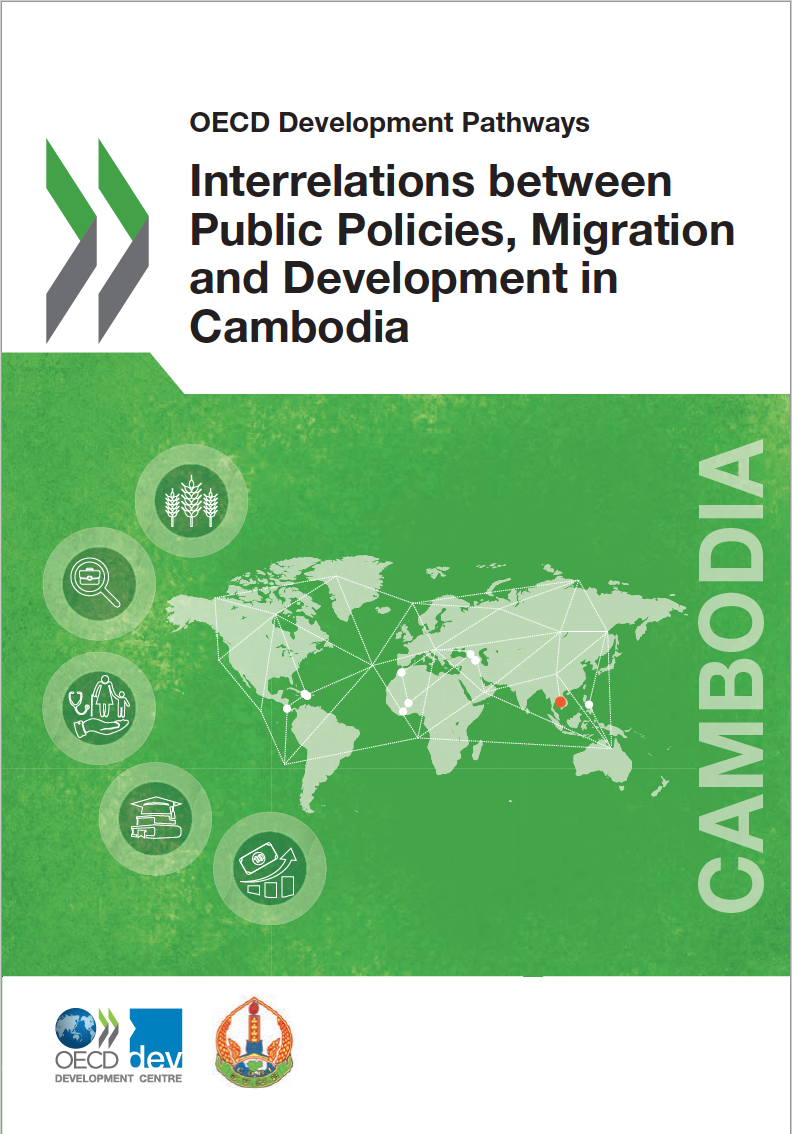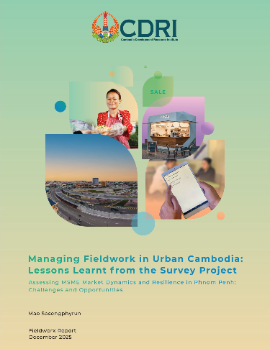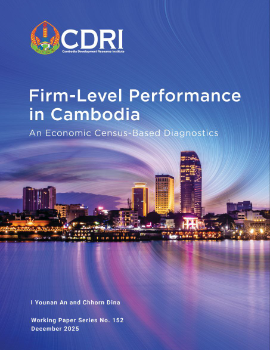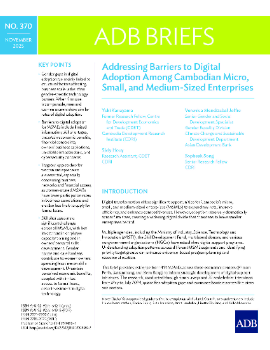
Abstract/Summary
Emigration is a significant and growing phenomenon for Cambodia. Between 2000 and 2015, the stock of Cambodians abroad increased by about 160%, from around half a million to 1.2 million people. Today, about 10% of Cambodians over the age of 15 plan to emigrate. Despite the country’s steady economic growth, labour market demand has not been sufficient to meet the increase in the working population, and poverty remains significant, despite encouraging signs. Many households choose migration as a strategy for improving their livelihoods.
The Royal Government of Cambodia is also starting to act: a guideline issued in 2013 on the management of migration underscores the links between migration and development. The key question now is how to create a favourable policy environment to make migration work for development. The Interrelations between Public Policies, Migration and Development (IPPMD) project – managed by the OECD Development Centre and co-financed by the European union – was conceived to enable this discussion in Cambodia. The IPPMD project explores:
- how migration’s multiple dimensions (emigration, remittances, return migration) affect some key sectors for development, including the labour market, agriculture, education, and investment and financial services
- how public policies in these sectors enhance, or undermine, the development impact of migration.
This report summarises the findings and main policy recommendations stemming from empirical research conducted between 2013 and 2017 in collaboration with the Cambodia Development Resource Institute (CDRI) and the Ministry of Interior. Data were gathered from a survey of 2 000 households, interviews with 100 local authorities and community leaders, and 28 in-depth stakeholder interviews across Cambodia. Robust analysis, accounting for Cambodian political, economic and social contexts, sheds new light on the complex relationship between migration and sectoral policies.
The report can be accessed here.



